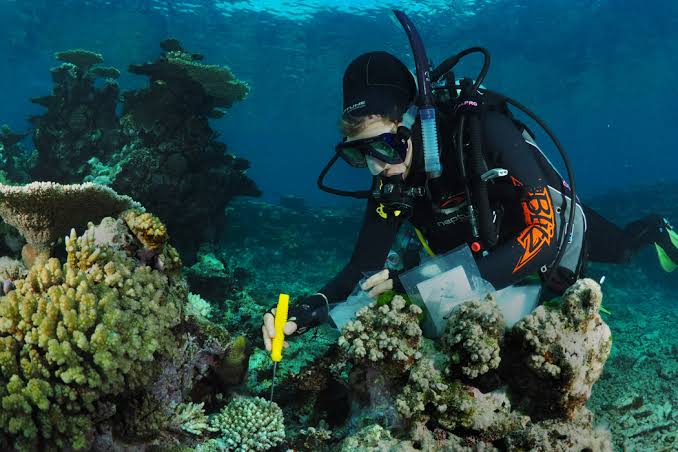Agricultural technology to help protect Australia’s reefs : foundation

Australia’s Great Barrier Reef Foundation, a nonprofit dedicated to conserving the reef, has partnered up with an agricultural technology company to greatly reduce the use of fertilizers and chemicals which cause damage to the world heritage site.
The foundation announced the new innovation from partner Farmacist on Thursday. It uses a GPS tagging system to measure the growth of individual crops, which can then alert farmers with precision which crops need fertilizers and which don’t.
“This data can be used to map their yield, manage their workforce, and plan their harvesting,” said a spokesperson for the foundation, adding that it prevents overapplication and polluting local waterways with an excessive amount of nutrients and other pollutants.
The technology is first being rolled out among banana growers in the Australian state of Queensland’s wet tropic regions – areas which have catchments that flow directly into the Great Barrier Reef.
The spokesperson told Xinhua that the current version of the technology has been specifically designed for bananas but there are plans to adapt it to other manually harvested crops in the future.
Each plant is fitted with a device that records the weight and growth of the fruit which is fed back to a central system.
The system allows farmers to develop a “nutrient management plan” and add just the right amount of fertilizer for each plant, minimizing excess runoff.
Fertilizers and other harmful chemicals used in agricultural processes are one of the biggest influencers of poor water quality offshore.
When the rain washes excess fertilizers into the ocean, the dissolved inorganic nitrogen in them can trigger an algal bloom. Algal blooms are a cloud of phytoplankton on the surface of the water which blocks sunlight and reduces the amount of oxygen available to native fish.
Farmacist hopes to bring the product to market by 2024. The company’s project manager Will Higham said the next phase is about rolling the new system out at scale across two commercial farms. “We’re going to focus on how to make the best use of the data the system is producing to implement an agriculture program that’s good for farmers and good for the environment,” he said.



